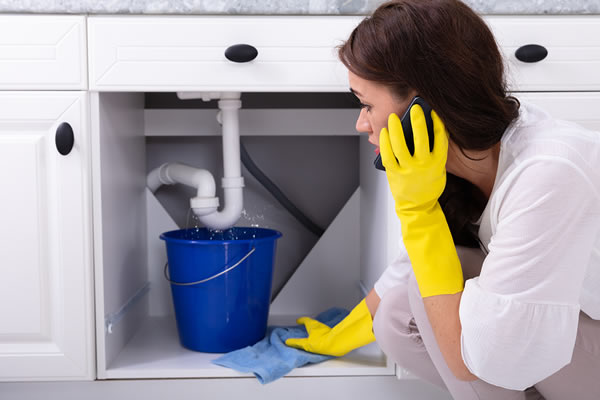6 Ways to Find Concealed Water Leakages in Your Home
6 Ways to Find Concealed Water Leakages in Your Home
Blog Article
We've unearthed this article about Detecting hidden plumbing leaks below on the internet and thought it made sense to write about it with you on this page.

Early detection of leaking water lines can alleviate a potential disaster. Some small water leakages may not be visible.
1. Take A Look At the Water Meter
Every house has a water meter. Checking it is a guaranteed manner in which helps you uncover leakages. For beginners, turn off all the water sources. Guarantee nobody will flush, utilize the faucet, shower, run the washing maker or dish washer. From there, most likely to the meter and also watch if it will certainly transform. Given that no person is using it, there must be no activities. That shows a fast-moving leakage if it moves. Similarly, if you find no changes, wait a hr or two and also examine back once more. This suggests you might have a slow-moving leak that could also be below ground.
2. Examine Water Usage
If you detect unexpected changes, in spite of your consumption being the very same, it implies that you have leakages in your plumbing system. An unexpected spike in your costs suggests a fast-moving leakage.
On the other hand, a steady boost every month, despite the very same practices, reveals you have a slow leakage that's also gradually rising. Call a plumber to thoroughly examine your building, specifically if you really feel a cozy area on your floor with piping beneath.
3. Do a Food Coloring Examination
When it comes to water usage, 30% comes from commodes. If the shade somehow infiltrates your bowl throughout that time without flushing, there's a leak between the tank and bowl.
4. Asses Exterior Lines
Do not fail to remember to check your outdoor water lines as well. Ought to water permeate out of the link, you have a loose rubber gasket. One tiny leakage can lose heaps of water and also surge your water bill.
5. Analyze the scenario as well as examine
Homeowners need to make it a routine to inspect under the sink counters and also inside cupboards for any bad odor or mold and mildew growth. These 2 red flags show a leak so punctual interest is required. Doing regular inspections, even bi-annually, can conserve you from a significant issue.
If you know your house is currently old, keep a careful eye on your heaters, pipes, pipes and so on. Look for discolorations as well as weakening as a lot of home appliances and also pipes have a life expectancy. They will certainly also normally wear away due to deterioration. If you presume dripping water lines in your plumbing system, don't wait on it to rise. Call a professional plumber as soon as possible so you don't wind up with an awful mess in your house.
Early discovery of dripping water lines can minimize a possible disaster. Some tiny water leaks may not be visible. Inspecting it is a guaranteed means that aids you find leaks. One little leakage can throw away heaps of water and increase your water costs.
If you think dripping water lines in your plumbing system, do not wait for it to intensify.
WARNING SIGNS OF WATER LEAKAGE BEHIND THE WALL
PERSISTENT MUSTY ODORS
As water slowly drips from a leaky pipe inside the wall, flooring and sheetrock stay damp and develop an odor similar to wet cardboard. It generates a musty smell that can help you find hidden leaks.
MOLD IN UNUSUAL AREAS
Mold usually grows in wet areas like kitchens, baths and laundry rooms. If you spot the stuff on walls or baseboards in other rooms of the house, it’s a good indicator of undetected water leaks.
STAINS THAT GROW
When mold thrives around a leaky pipe, it sometimes takes hold on the inside surface of the affected wall. A growing stain on otherwise clean sheetrock is often your sign of a hidden plumbing problem.
PEELING OR BUBBLING WALLPAPER / PAINT
This clue is easy to miss in rooms that don’t get much use. When you see wallpaper separating along seams or paint bubbling or flaking off the wall, blame sheetrock that stays wet because of an undetected leak.
BUCKLED CEILINGS AND STAINED FLOORS
If ceilings or floors in bathrooms, kitchens or laundry areas develop structural problems, don’t rule out constant damp inside the walls. Wet sheetrock can affect adjacent framing, flooring and ceilings.
https://www.servicemasterbyzaba.com/blog/how-to-detect-water-leakage-in-walls/

Do you appreciate reading about Locating water leaks? Put feedback further down. We'd be glad to see your responses about this blog. We are looking forward that you visit us again in the future. In case you liked our article please be sure to pass it around. We take joy in reading our article about Detecting hidden plumbing leaks.
Report this page